Ancient trees speak to autistic boy
My son Donovan (shown in the video above) was three when we received his autism diagnosis. Up to that point, we had already faced challenges of raising a child on the spectrum, including his dismissal from two preschools. When we received the news, my husband and I felt both relief and devastation. Relief because we finally had a name for his condition and would be able to access support for his development. Devastation from recognizing the inherent challenges that come with life for individuals with disabilities. I now understood that despite our efforts to maintain normalcy in my son’s life, his early years would be filled with significant challenges.
Travel has always been important to our family. When Donovan, now 13, was younger, the challenges of travel often outweighed the benefits due to the lack of accommodations for developmentally disabled individuals. Destinations like the Grand Canyon proved beyond difficult, with open walkways and steep cliffs posing safety concerns around every corner. However, as my son has grown older, and our travel focus shifted toward nature rather than adventure, the profound impacts of places like Sequoia and Kings Canyon National Parks far outweighed the challenges.
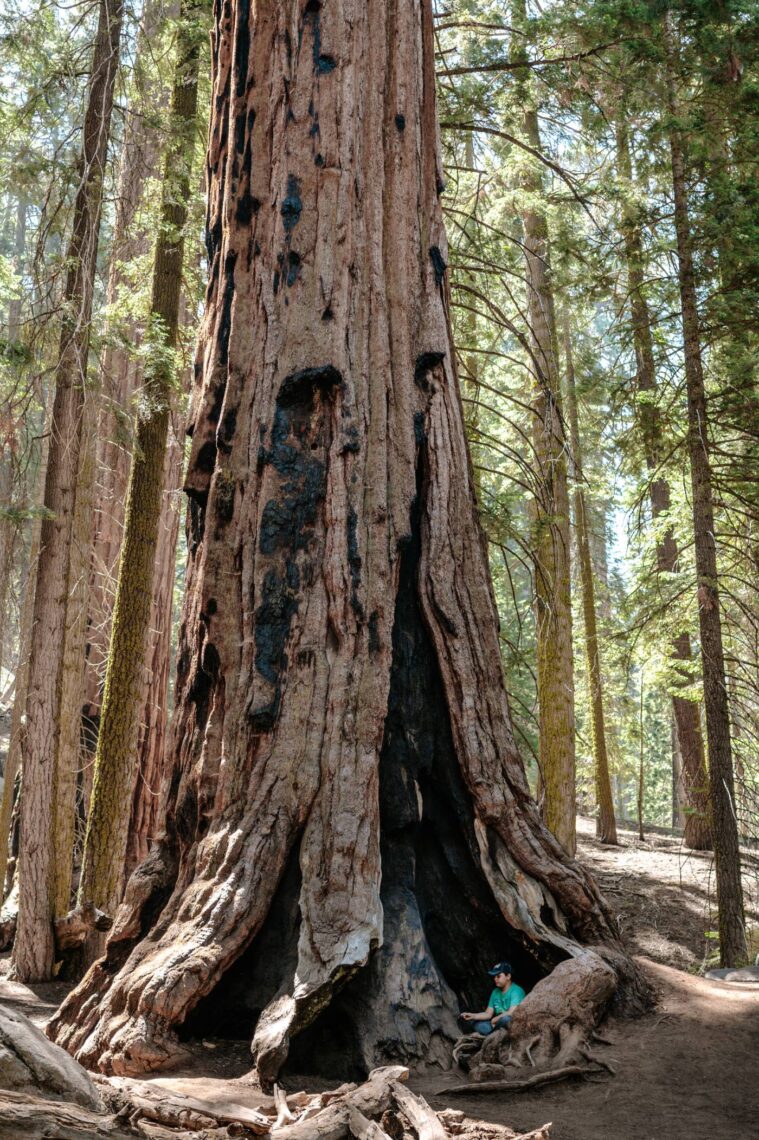
A sanctuary in the sequoias
In the heart of Sequoia and Kings Canyon National Parks, surrounded by towering, ancient giant sequoias, my son found a sanctuary unlike any other. During our trip, which included three nights of camping, he initially felt apprehensive due to the absence of modern amenities such as electricity and Wi-Fi. However, he quickly became engrossed with the natural beauty surrounding him. Among the trees, he found solace and peace, spending hours swinging in a hammock or exploring the surrounding foliage. Nature spoke to him in a language of its own, offering a sense of wonder and connection that transcended the barriers of autism.
While popular parks like Yosemite present difficulties such as crowded visitor centers and busy trails, often testing his sensory tolerance, destinations like Sequoia and Kings Canyon present far fewer challenges due to their much lower visitor numbers. Watching him relax and engage with the beauty of nature in a way that doesn’t happen in our immediate backyard made any problems faced along the way seem small in comparison.
Creating inclusive environments for everyone
I can’t emphasize enough the importance of creating inclusive environments in national parks for individuals on the autism spectrum. Parks offer unparalleled opportunities for exploration and discovery, but they also can present significant barriers for those with sensory sensitivities or communication challenges. Creating inclusive environments that celebrate diversity and promote a sense of belonging for all may involve implementing sensory-friendly initiatives, such as quiet zones or tactile exhibits, and fostering greater awareness and understanding among park staff and visitors. There is a huge opportunity to create safe and accessible areas in parks that are dangerous to people with autism. One example is Yellowstone National Park with its unfenced boardwalks next to boiling hot springs, in which people like my son may fall. Creating a visitors’ area with barriers and other safety measures would allow families to experience the beauty of the park without worry, and it would ensure that everyone, regardless of ability, has the opportunity to experience the transformative power of nature.
Our time among the redwoods and giant sequoias showed me just how much nature can do for people on the autism spectrum like my son. Even though the preparation and the journey itself can present many difficulties, the rewards of traveling make it all worth it. Let’s strive for inclusion in parks, celebrating diversity and fostering belonging for all, ensuring future generations can experience our national parks’ beauty firsthand.
Learn about 15 great redwood parks for people with disabilities.
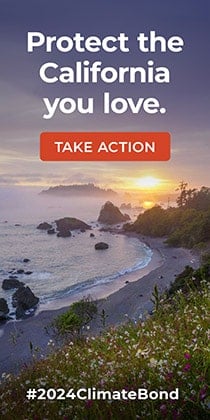
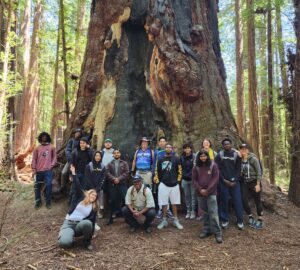
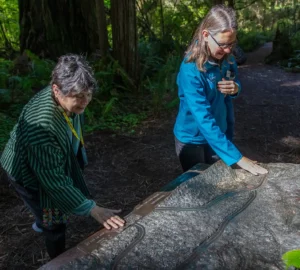
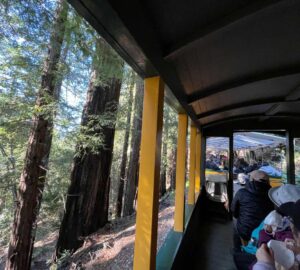
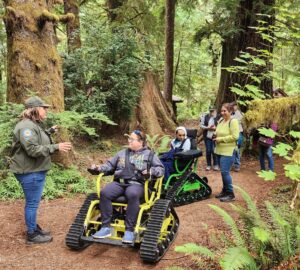
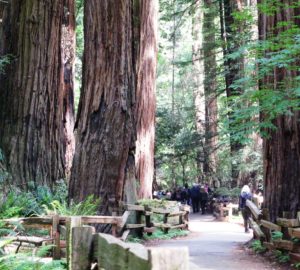
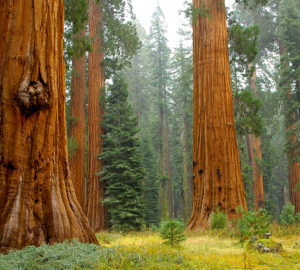
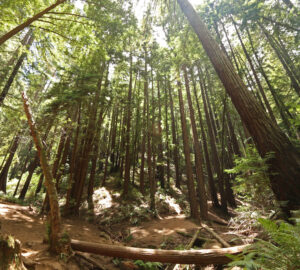
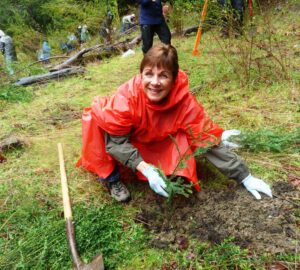

One Response to “Redwoods transcend barriers of autism”
Joseph Porterfield
Beautiful story, many thanks to the lad and his Mother for sharing. Nature (especially redwoods in my view !) does speak to us – or perhaps listens to us – in ways that other people or things cannot. And it is universal, no matter where we each fall on the spectrum.